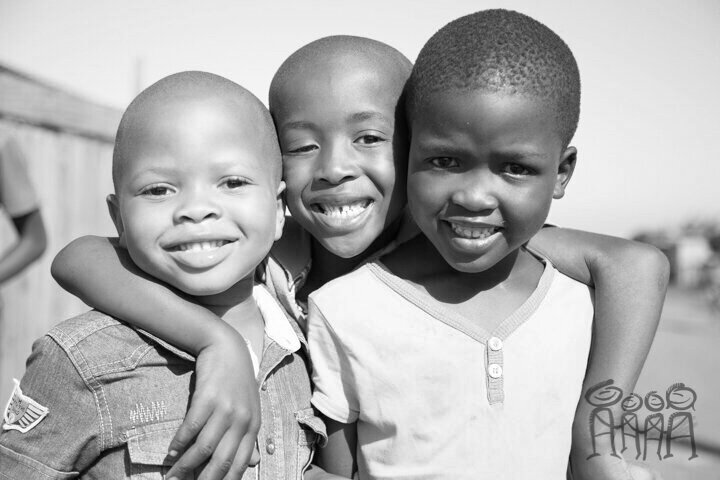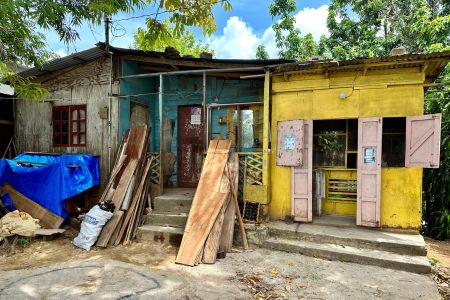The JEDI Journey Continues: Three Days That Changed Our World
How do you sum up three life-changing days in a developing country where the gross national income hovers below $5,000 USD? This question has been nagging me since our small team from The Parker Avery Group and Greg Buzek from Retail ROI started wrapping up our trip to Jamaica a couple of weeks ago.
As Clay Parnell cited in his LinkedIn post, most Americans think of a trip to Jamaica as all-inclusive resorts with beautiful beaches and the potential for sunburn. Our journey was much different. The primary goal of this expedition was to meet six young Jamaican entrepreneurs who helped us ignite a program that has already changed lives—with the potential to do much more.
The six people we met are the inaugural participants of the JEDI (Jamaican Entrepreneur Development Initiative) Challenge. The JEDI Challenge is a program Parker Avery developed in 2021 in conjunction with Retail ROI and the Fergus Simpson Foundation (FSF) to help spur economic growth in Clarendon County, Jamaica through the empowerment of young businesspeople. You can read more about the 2021 JEDI Challenge by clicking here.
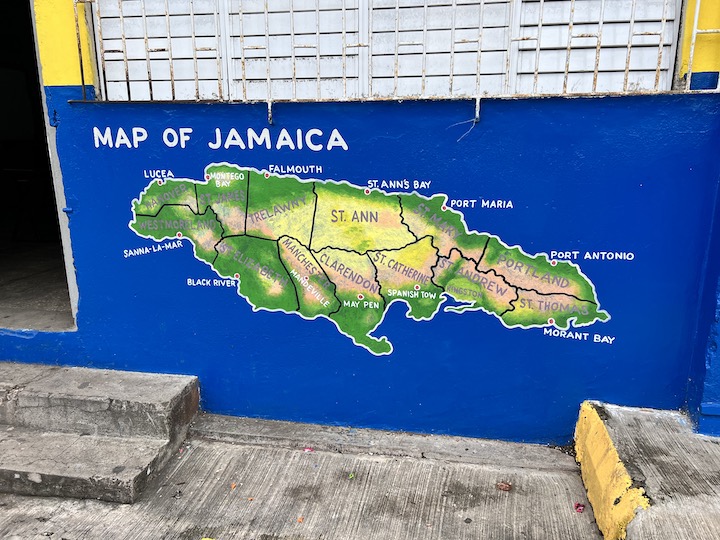

As a best practice, I like to capture notes from meetings, events, and interviews as soon as possible, so I don’t lose any critical details. This excursion to Jamaica was no exception; my 12-hour trip back home provided a convenient, mostly uninterrupted setting—and resulted in over 11 pages (almost 6,000 words) of notes. I will try to trim that down to the ideal blog length of 1,600 words.
An impossible feat, but I will do my best!
Humble Abundance
We stayed in Jamaica’s capital, Kingston, a city of more than a half-million people, with the typical bustle, noise, and diversity of city activity. Each morning we were greeted in the hotel parking lot by our bus driver, Bailey, who had the amazing ability to navigate the semi-treacherous, two-hour route through the mountains to the parish of Clarendon in the middle of the country. We were also joined by board members of the Fergus Simpson Foundation, Janeth Brown, and couple Carol and Lawrence Madden, who all grew up together in Chapelton, Jamaica.
Our focus on the first day was to visit one of the JEDI’s business sites: a chicken farm. The long ride up the mountain was expectedly bumpy as we winded through the narrow, often crumbling roads. We all commented how our smartwatches were registering way more steps and escalations than we physically earned due to the turbulent ride. Fortunately, nobody got visibly nervous or sick, and we all were thankful for Bailey’s incredible driving skills.
Our last leg to Nichordo’s farm and chicken production facility was a hike (on foot) up a narrow, muddy hill. The steady rain drizzle made this trek a bit intimidating, as most of the path consisted of mud and rocks. However, there was strength in our small numbers (if only for verbal encouragement!).
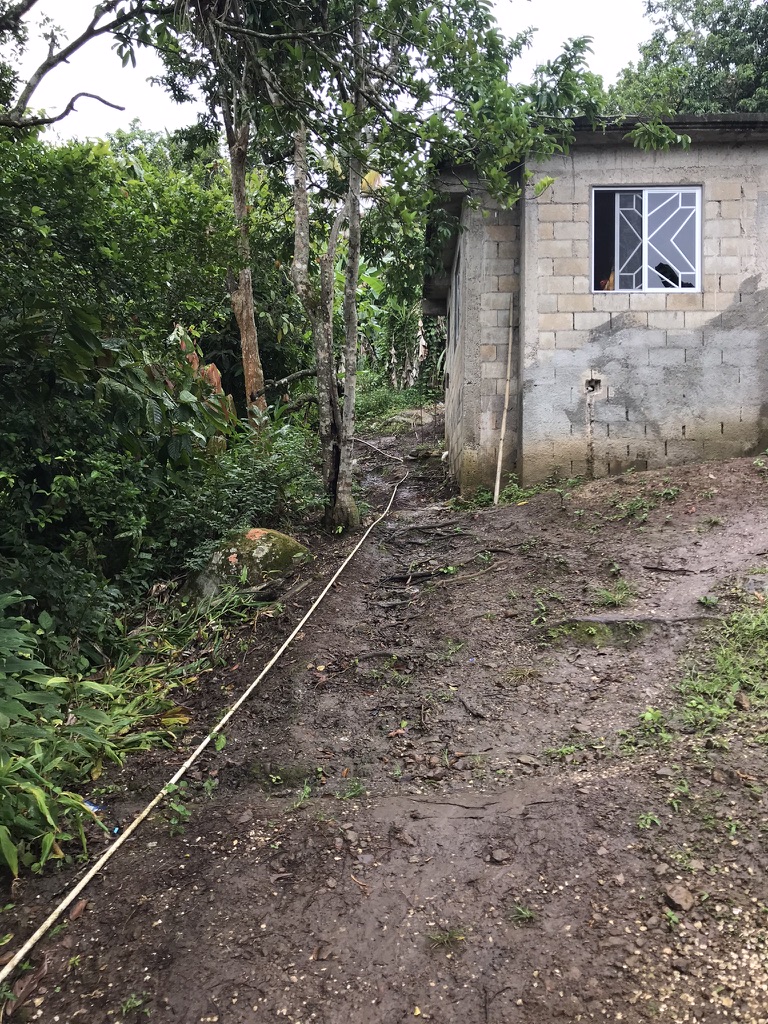
Once we made it to the chicken house, I was surprised at how small and modest it was. The entire enclosure measured about 15×15 feet and was built from large sticks gathered from the surrounding forest, chicken wire, galvanized roof panels, and a myriad of tarps. But it seemed to be solidly built and had the necessary elements for Nichordo’s fledgling business.
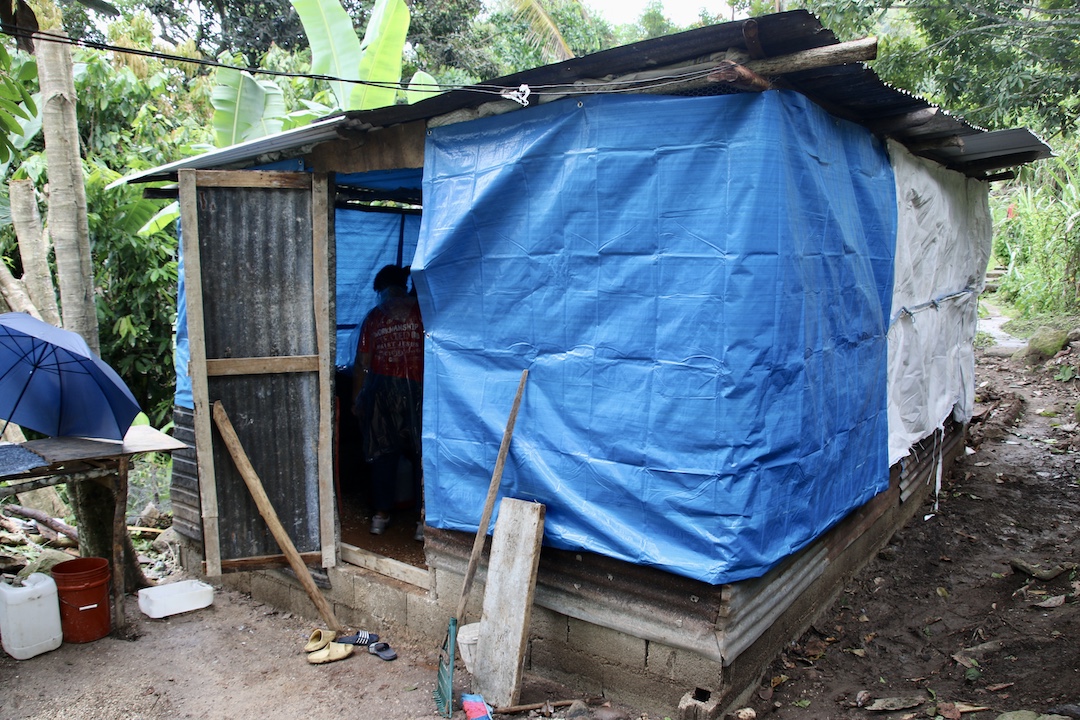
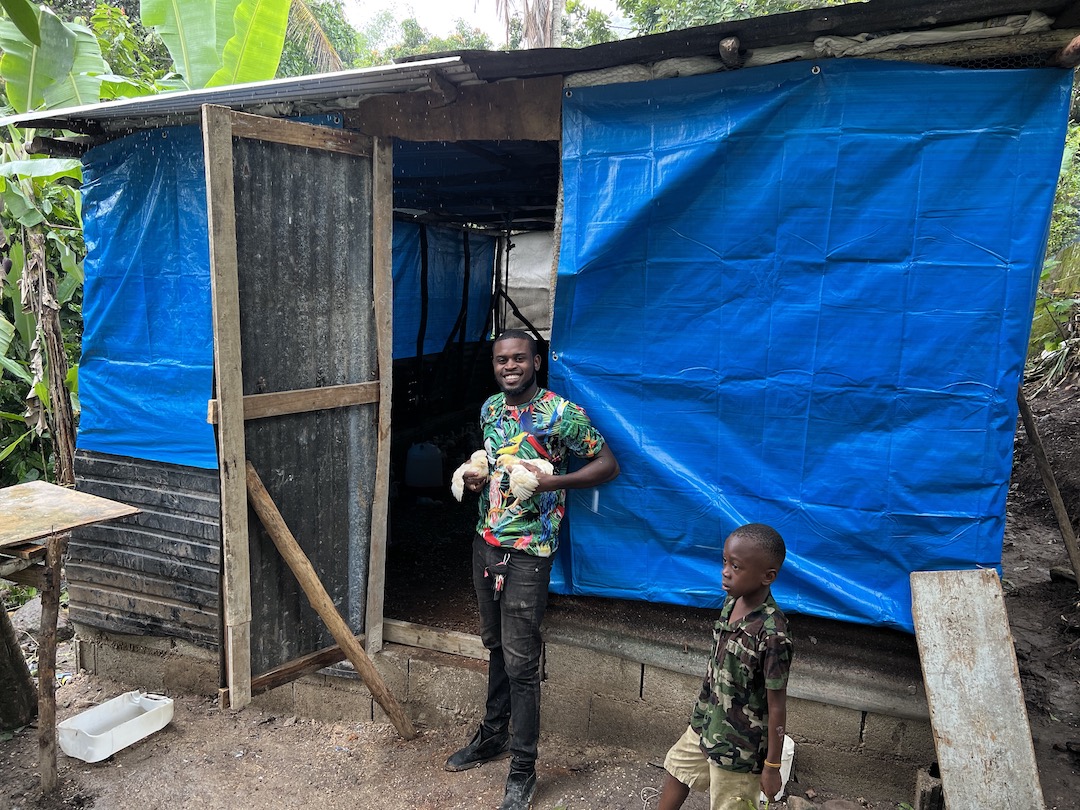
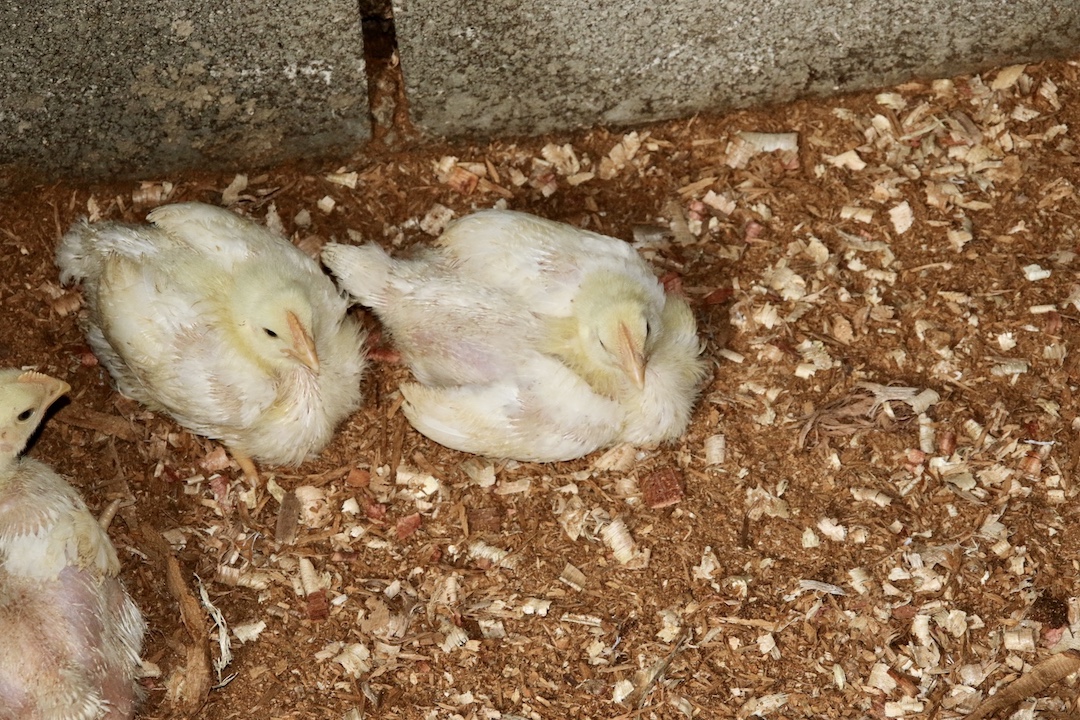
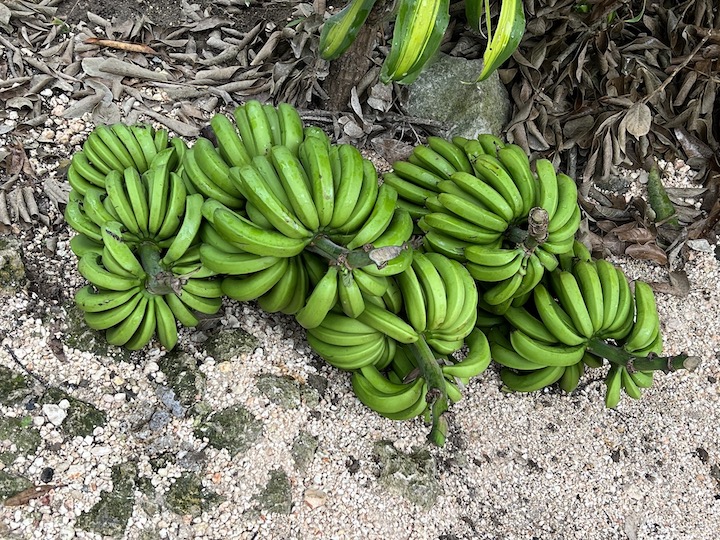
In addition to proudly showcasing his chicken production area, Nichordo pointed out the native and cultivated vegetation on the property, including yam vines along with cocoa, mango, banana, and plantain trees. I was awestruck at the bountiful nature of the Jamaican hillsides. Easily wielding a machete, our young chicken farmer chopped slivers into several large coconuts from the property to expose holes that would act as our gateway to coconut water—a minute from the tree and fresh as you’ll ever taste. It was amazing—as was the coconut “jelly” we scooped out and ate after drinking our fill of the coconut water.
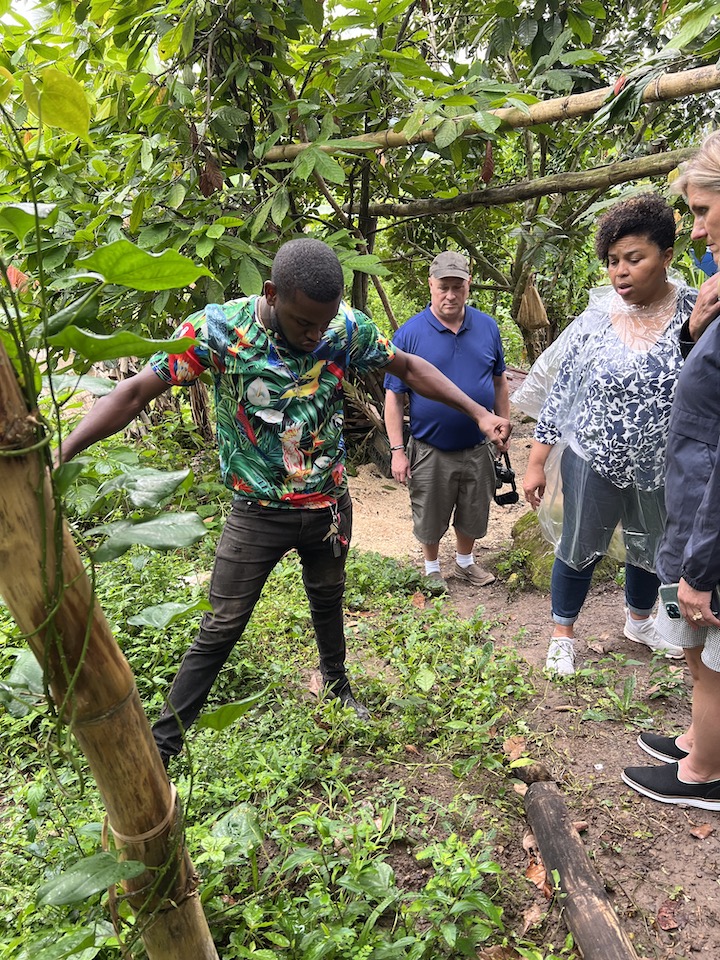
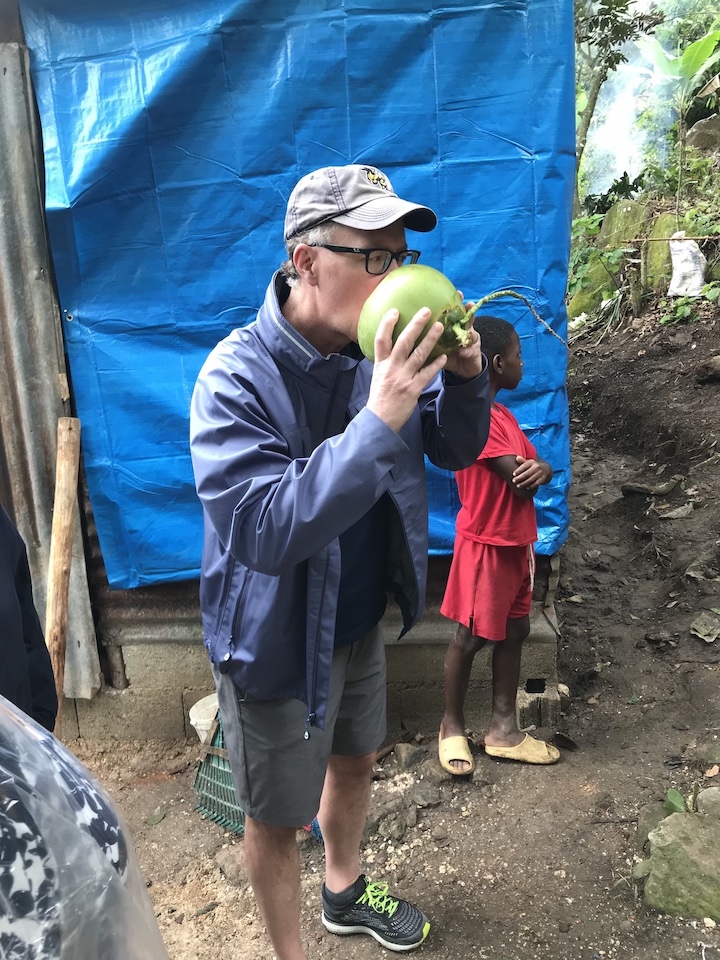
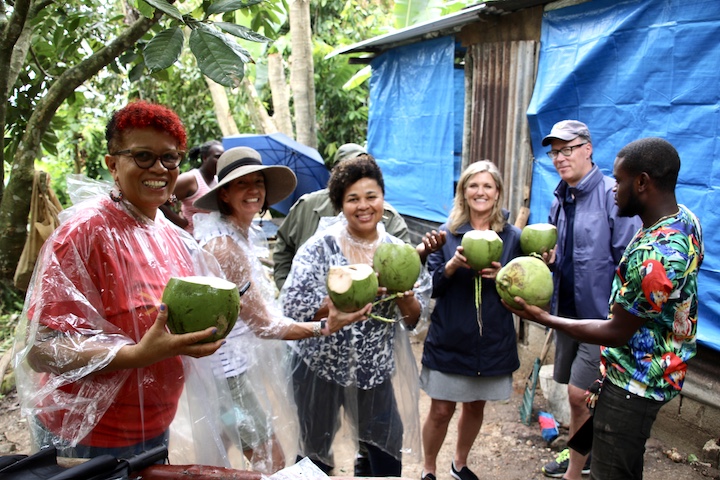
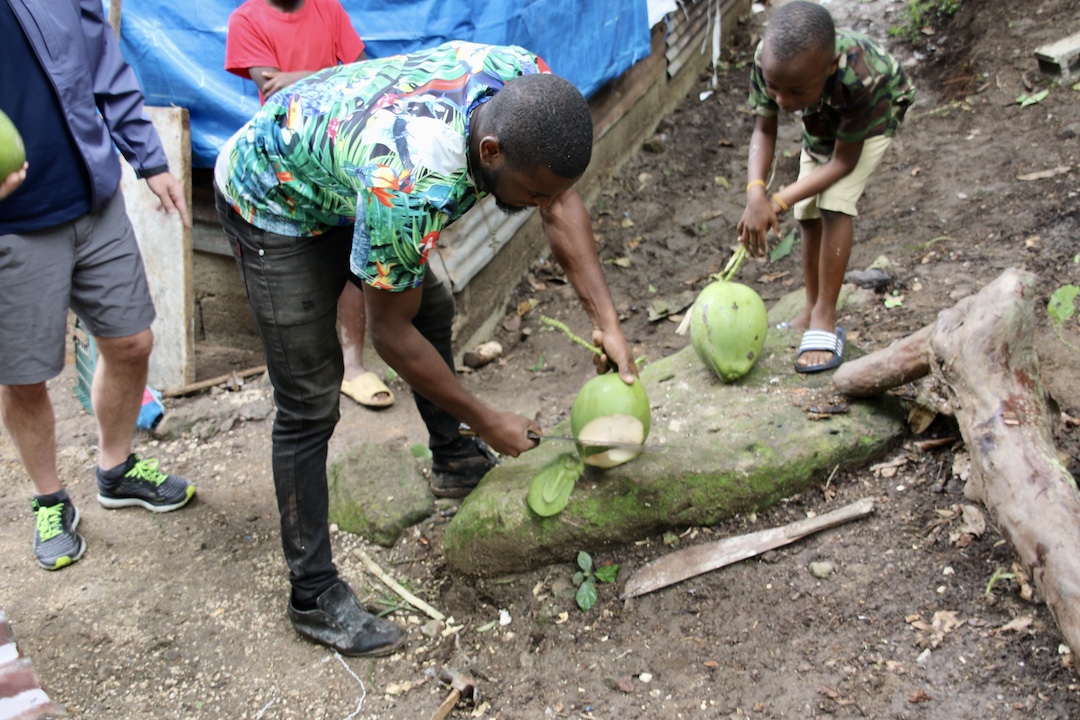
On the path to his farm plot, we passed by Nichodo’s family’s small concrete block home and separate, humble water closet. Typical for the area, this was literally a manually operated toilet (think water bucket instead of flush handle) inside a tiny, galvanized tin shed with a thin piece of fabric acting as the door. I also noticed a thin PVC pipeline rambling along the side of the long mountain path, and I remembered that one of Nichordo’s business challenges was ensuring an adequate water supply for the chicken house.
My prior vision of Nichordo’s farm conflicted greatly with the reality we saw that day. I found out later that I was not alone in this sentiment. This was by no means a reflection of this young man’s dreams or capabilities, but more a testament to our very American-skewed perceptions and experiences. It was also a humbling portrayal of the very real lives of most Jamaicans. Later that night in the hotel, I reflected on how we take air conditioning, clean water on demand, and a running toilet for granted.
JEDI Maturity
The next day, our two-hour journey up the mountain found us seemingly on top of the world at one of the parish’s main high schools. The sheer beauty of the setting took our breaths away—despite the crumbling parking lots and school buildings that desperately need maintenance. We observed the grounds, structures, and network of PVC pipes that carried water from the large rain barrels to the different buildings on the campus. The school children meandered through the grounds to their next class or activity, stealing quick glances in our direction. It is from this very school that the JEDI Challenge took root.
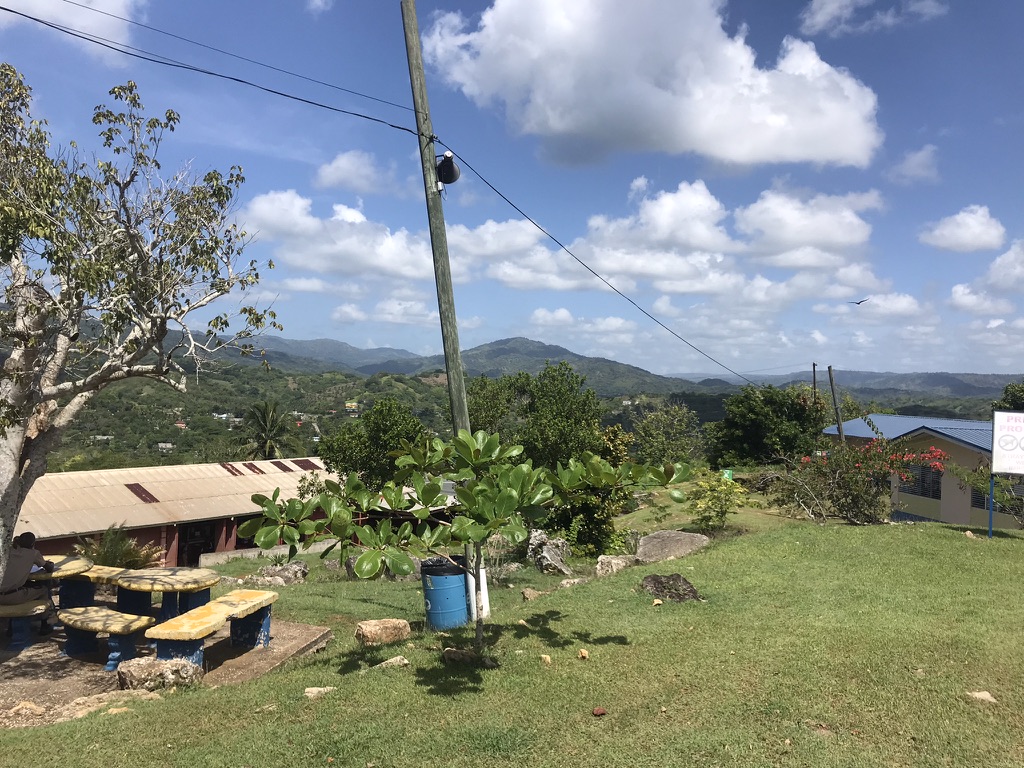
We started our lunch meeting with some introductions and jokes to ease nerves. The JEDI 1.0’s—our affectionate term for the first round of students—were then given the floor to showcase their highs, lows, challenges, surprises, and what they are excited about next in their journey as entrepreneurs.
Smiles and a level of pride were evident across each of the JEDIs as they talked about their business ventures. I also noticed a definite boost in the volume of their voices. Once-shy Sontee and Jodi-Ann both displayed a level of confidence and maturity that had developed since the early days of the JEDI Challenge back in October 2021. You would have never guessed sharply dressed Nichordo was just yesterday deftly wielding a machete in the muddy Jamaican hillside for our benefit.
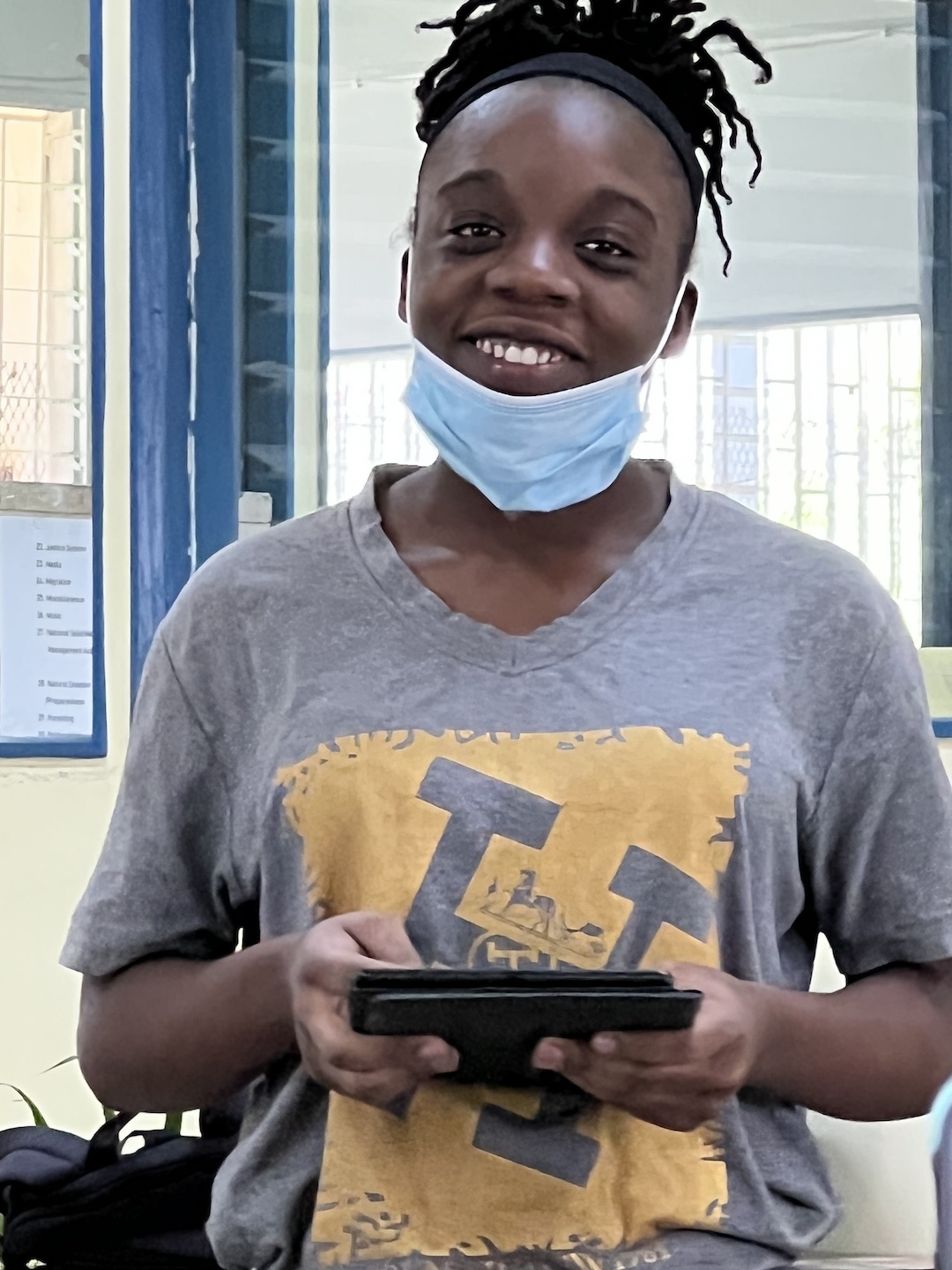


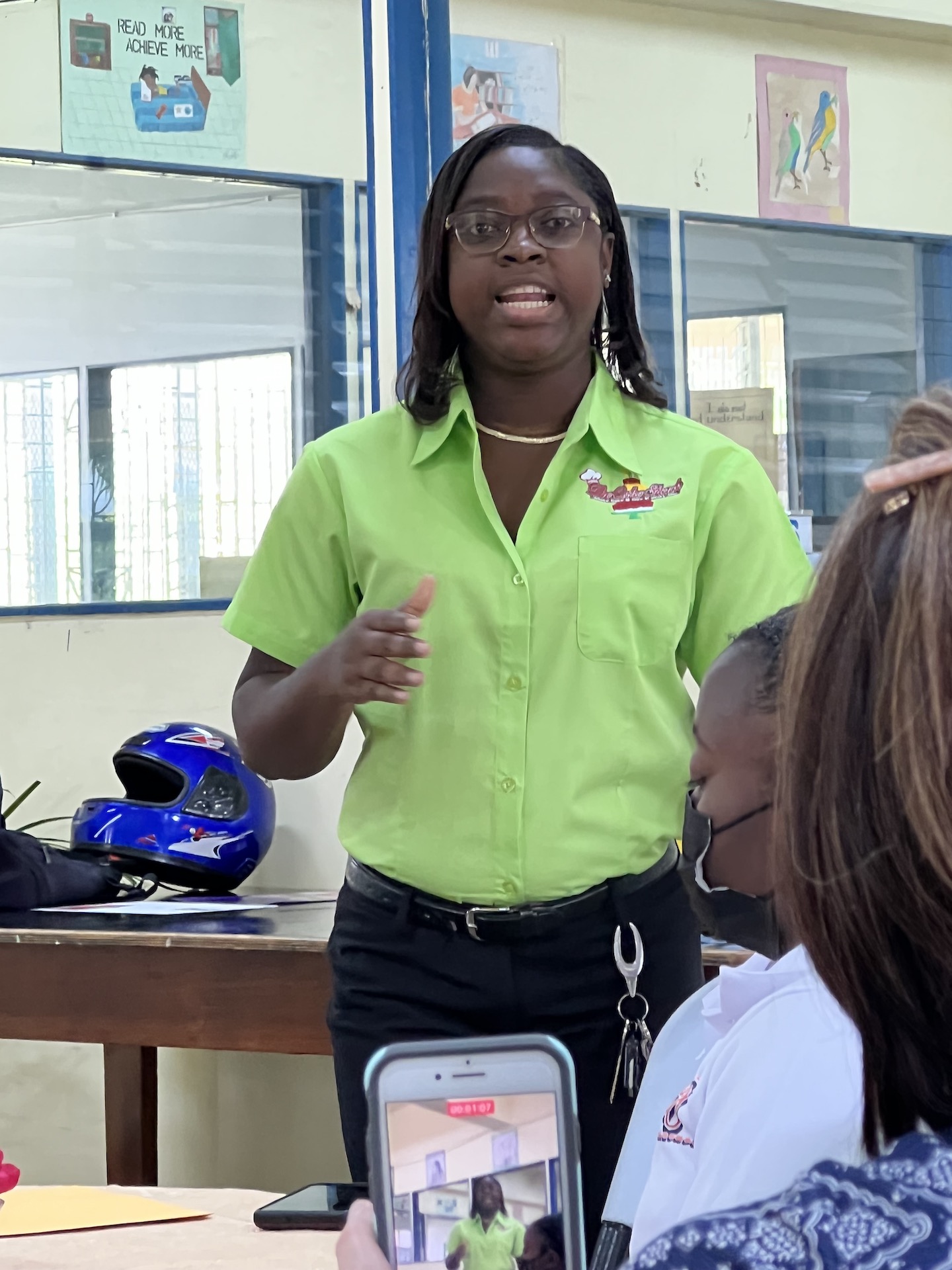
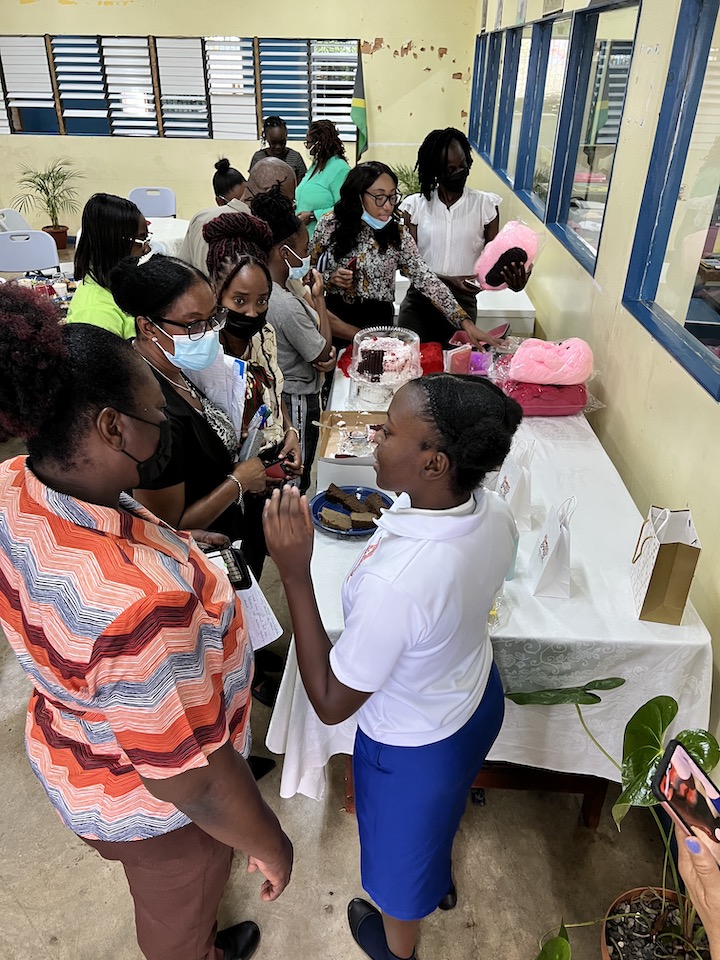
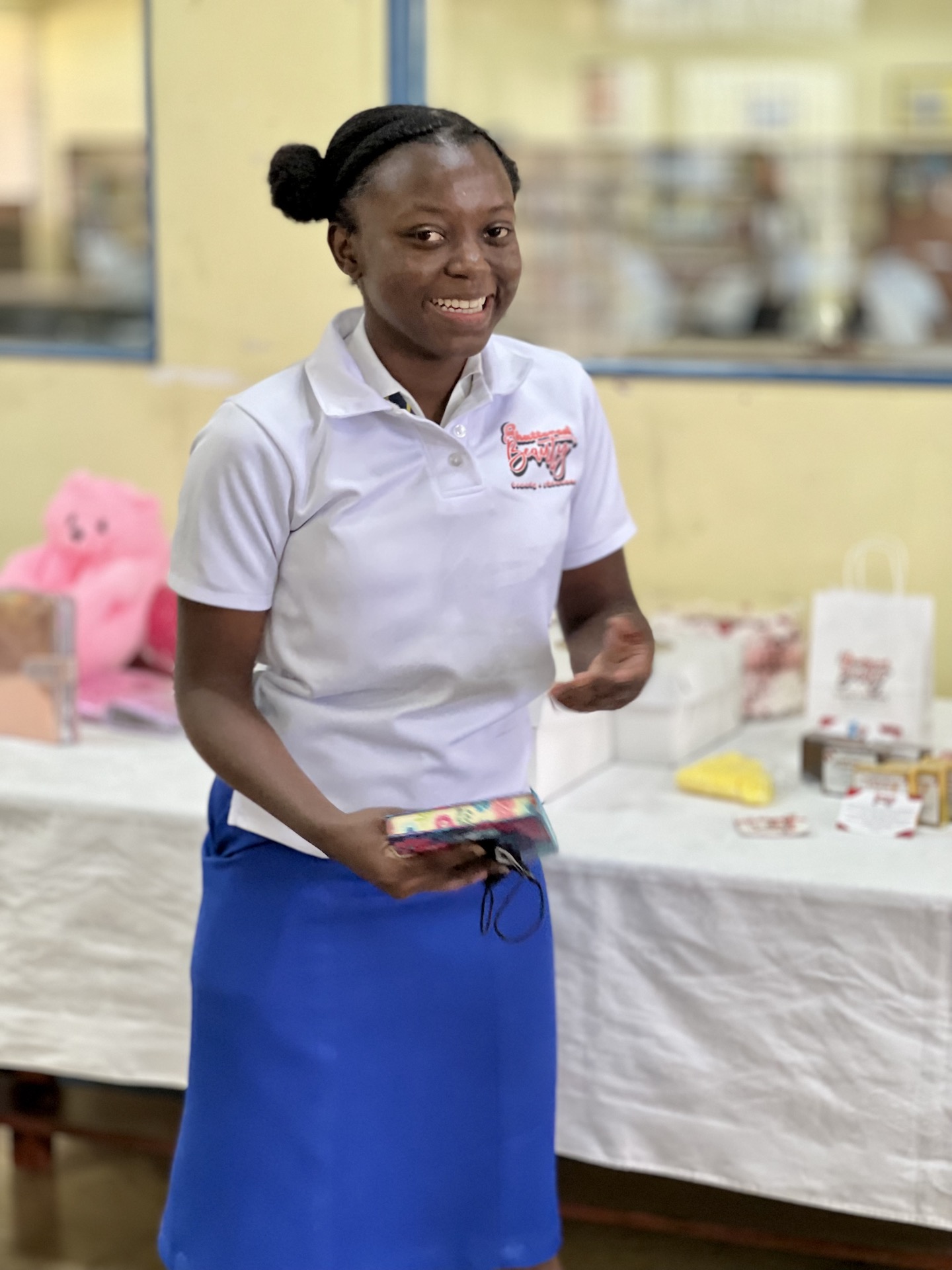
After the JEDI 1.0s presented their businesses, we moved on to meet the JEDI 2.0 candidates. Ultimately there were 10 young people at the meeting who wish to be considered for the upcoming JEDI Challenge. I had coached them to tell us their name, age, and favorite school subject (as an ice breaker). They told us why they wanted to be an entrepreneur and their business idea. Further, each had the opportunity to ask a question to the inaugural group of JEDIs.
The first candidate volunteered to go first and captivated the room with her self-assurance. She had already started her custom crochet business and had not only brought samples but also showed several of us her Instagram feed while we were mingling prior to lunch. The remaining JEDI candidates had varying levels of confidence and ability to express themselves—but all were nervously excited about the prospect of being in the next JEDI cohort.
We were most impressed by the overall self-assurance the JEDI 1.0s exhibited, particularly when they were asked questions from the JEDI 2.0 candidates. Again, our visiting team commented that this once mostly timid young group of entrepreneurs calmly and confidently provided answers to their successors’ questions. I can personally attest that my heart swelled a bit with the knowledge that the JEDI Challenge played a role in that maturity and growth.
After all the presentations, emotions, and laughter, we all enjoyed Sherika’s desserts, while Jodi-Ann, Sontee, and Shanique held a mini-market showcasing and selling their assortments of fashion accessories, lip balm, and facial care products. I think they were all unexpectedly and pleasantly surprised by the enthusiastic shoppers from our small luncheon group and the school administration. All three girls sold quite a few items and took orders for more. The excitement across both rounds of JEDIs and candidates was evident.
When it was finally and reluctantly time to depart, we left the school campus with full stomachs and even fuller hearts.
Tiny Treasures
The final day was a whirlwind tour of schools across Clarendon, Jamaica. At the first stop, we met about 45 three to six-year-olds in one of the parish’s small elementary schools. I took a cue from my sister who teaches preschool, getting down to their level and asking them fun questions about themselves, their uniforms, their teeth, their eyes, their school—anything they seemed excited about. They responded enthusiastically, and then, comforted that I wasn’t scary—decided my watch and my hair were simply fascinating. At one point I was surrounded by at least six little kids who all wanted to touch my “straw” hair and play with my Garmin watch. They quickly discovered that pushing one of the buttons made it “buzz” (vibrate), and that turned out to be hilarious and fascinating to them. I’m not sure who loved the attention more.
While Greg tried to troubleshoot the school’s Wi-Fi and other wireless technology, the rest of our small team handed out small treat bags we had prepared for the kids, plus cupcakes from Sherika and juice boxes. The kids’ reactions were priceless, ranging from pure joy to wide-eyed awe. I think they are just not used to special treats—especially in such excess.
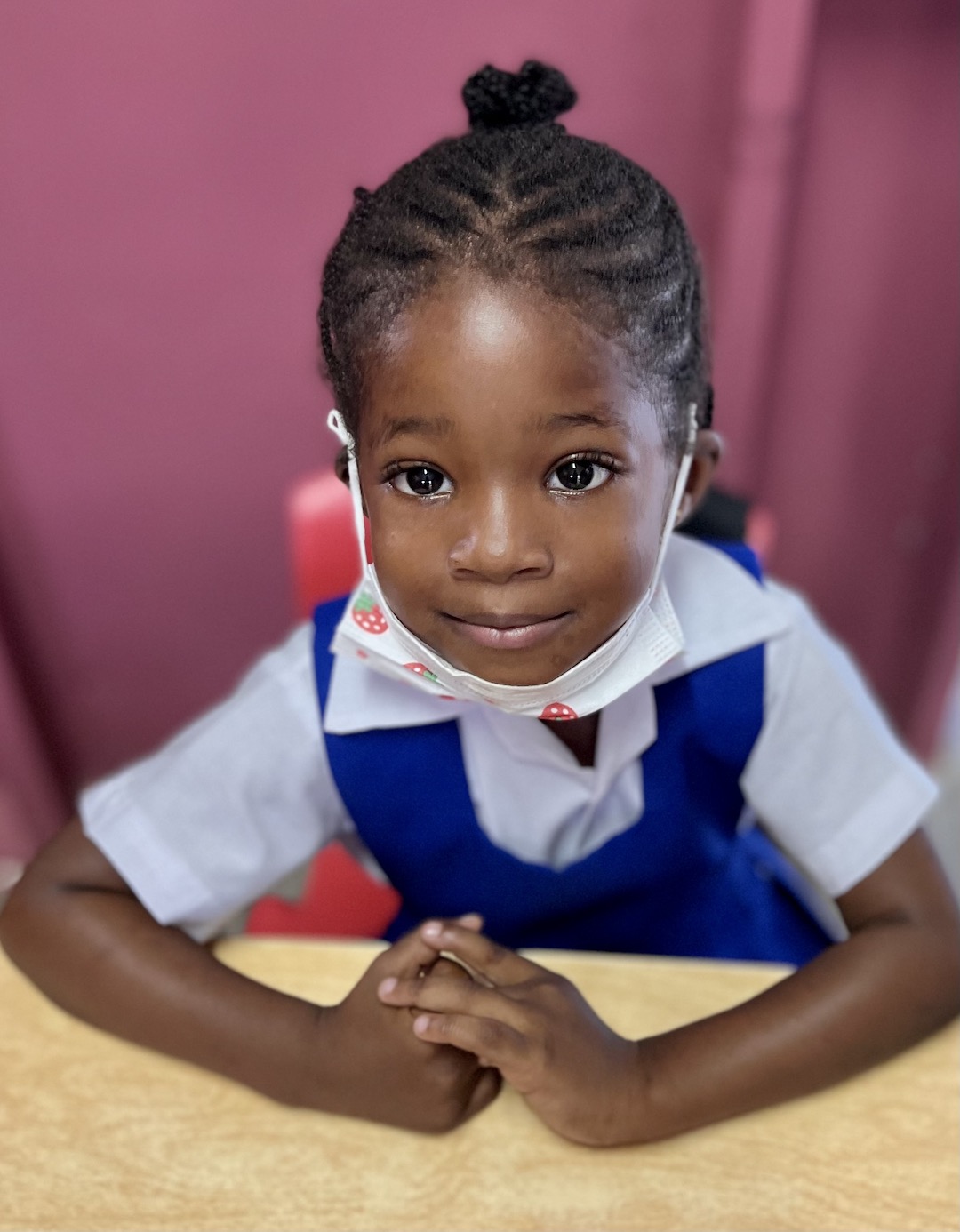
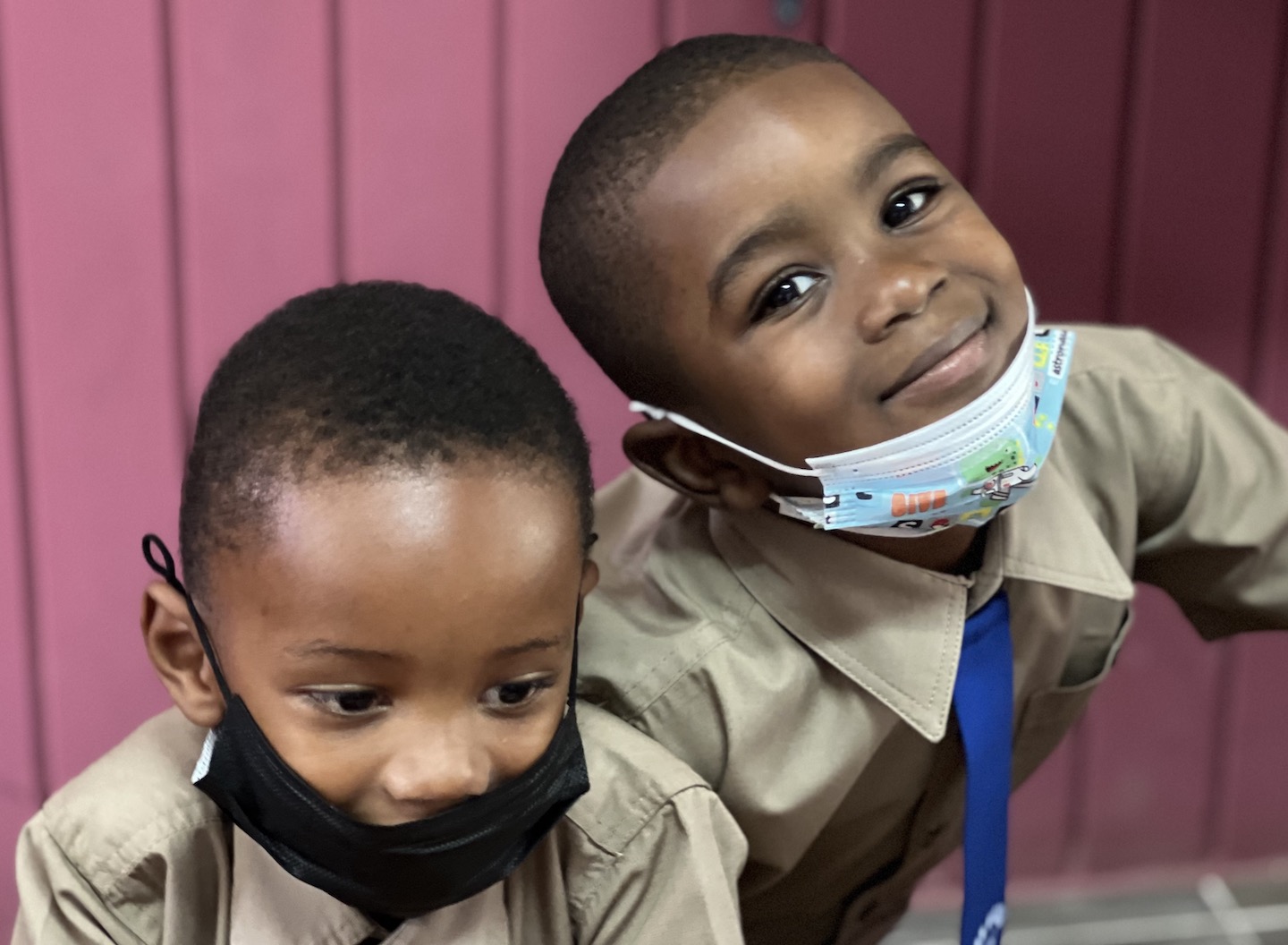
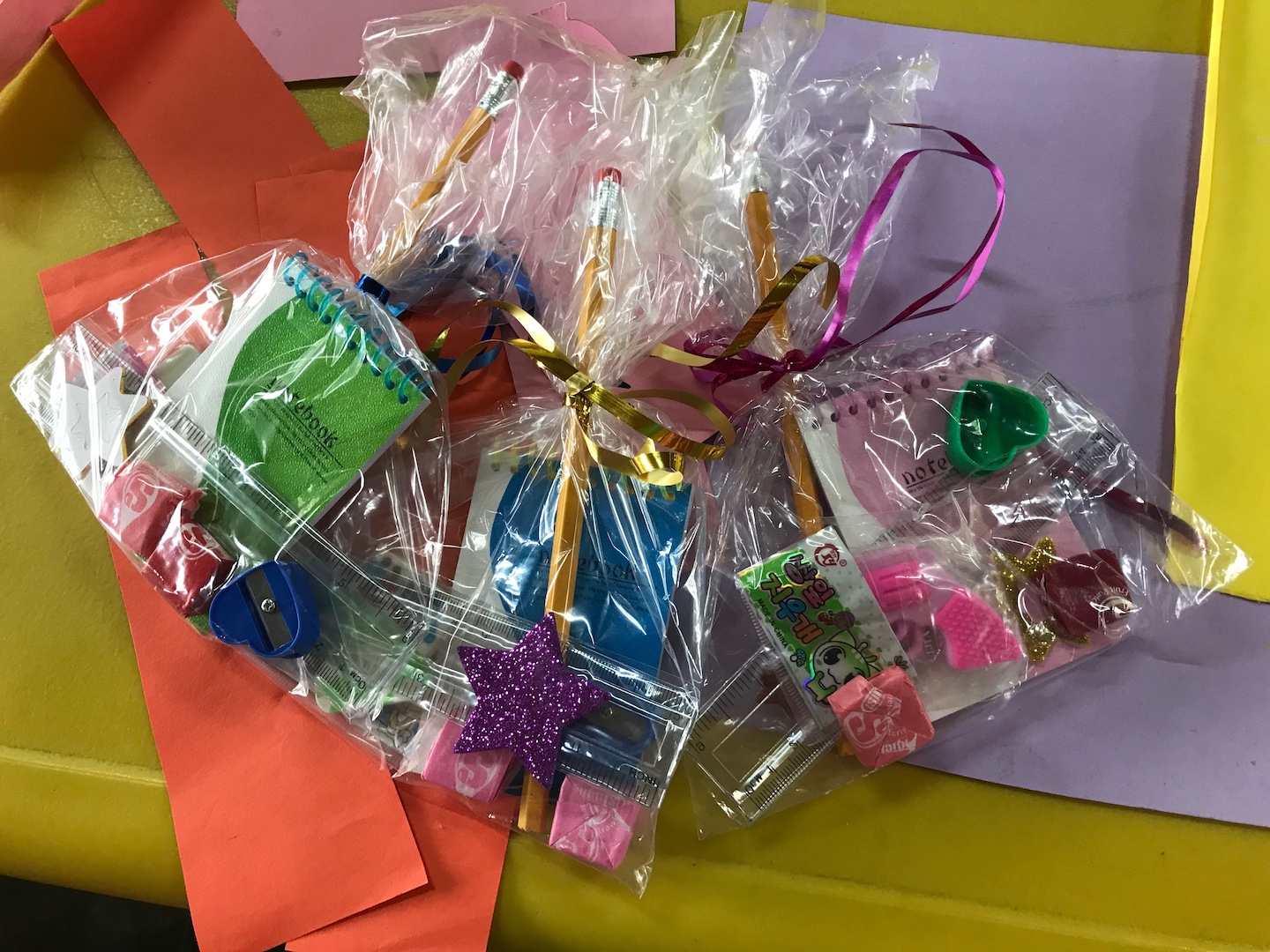
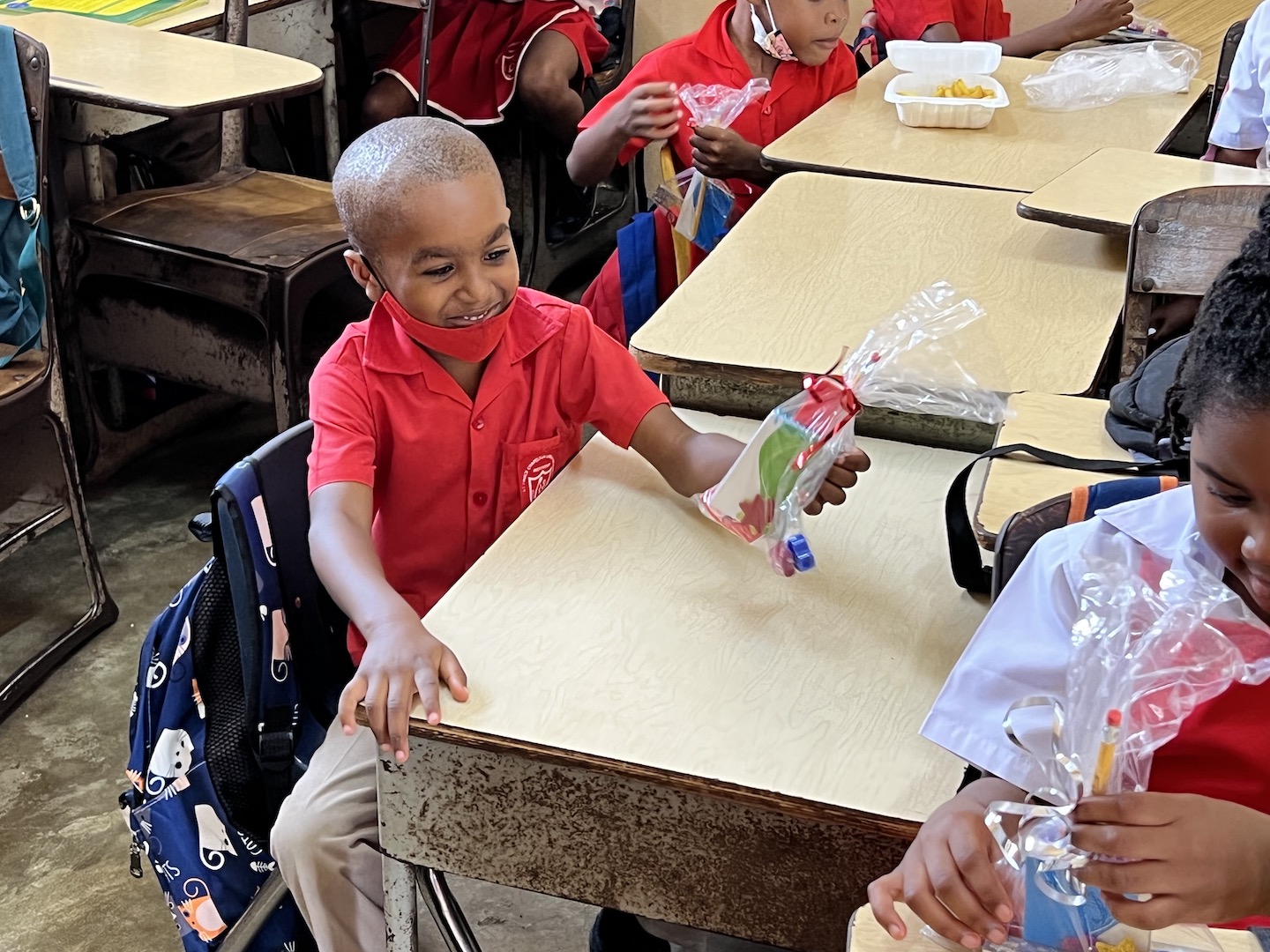
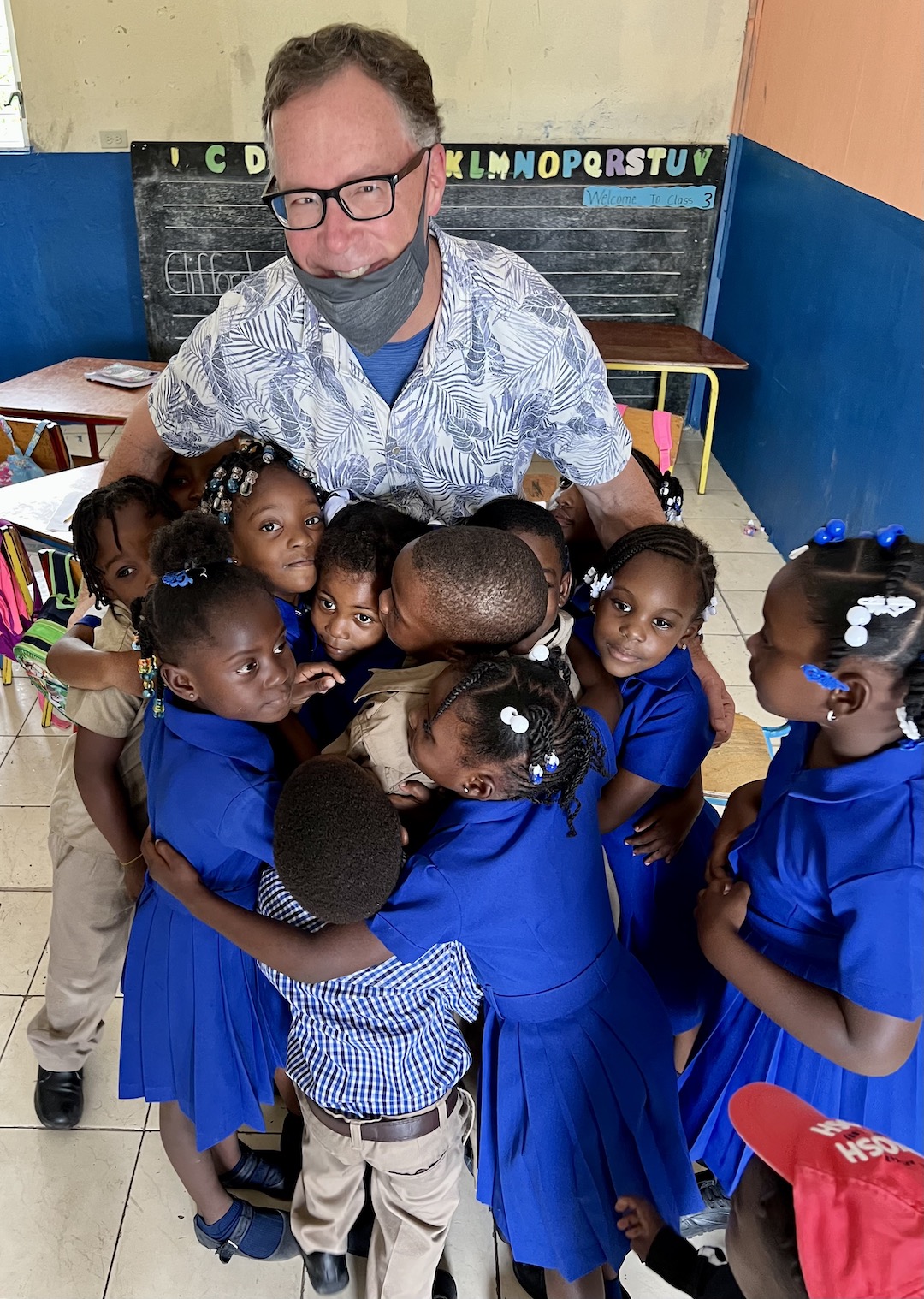
I also recorded a couple of the children who decided to spontaneously break out into a sweet little stomping dance during the treat-bag-cupcake-juice-box mayhem. I’m pretty sure I wasn’t the only visitor who wanted to take every one of those kids home! And this was just the first of many stops for the day.
We also helped corral the excited youngsters for individual photos. Janeth Brown of FSF is starting a sponsorship program to help pay for the school fees and supplies young kids need at this early age. Evidently, the Jamaican government does not fund children’s education at younger ages. From what we were told, about $150 would cover the needs of one child for an entire school year. The kids’ images we captured will be used so sponsors can get to know the specific kids they are helping with school. The dichotomy between our monetary value vs. that of this beautiful parish in Jamaica is difficult to comprehend.
As anyone who’s worked with young kids will understand, there was a definite variety of reactions from the kids about being photographed. But most smiled sweetly and they loved seeing themselves in the viewfinder of Greg’s camera. Before we departed, the kids treated us to a song they performed on the school’s tiny back porch, complete with hand gestures and other semi-rehearsed little dances that loosely corresponded to the lyrics.
We visited four other elementary schools that day—receiving similar treatment, along with a brief stop at an all-ages school for older children. There, we visually inspected the dilapidated classrooms and took pictures of the many inspirational sayings and art painted on the school’s concrete retaining walls and buildings. We also enjoyed listening to the harmony of class responses and songs as we stood outside the open-air buildings, discussing potential projects and needs.
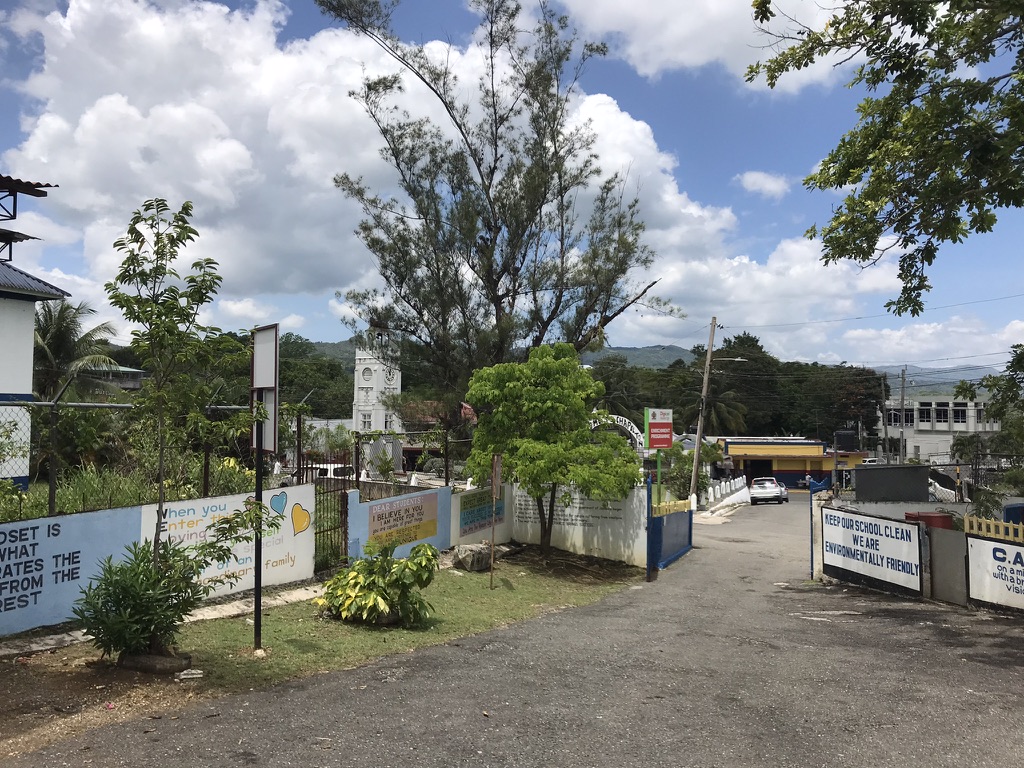
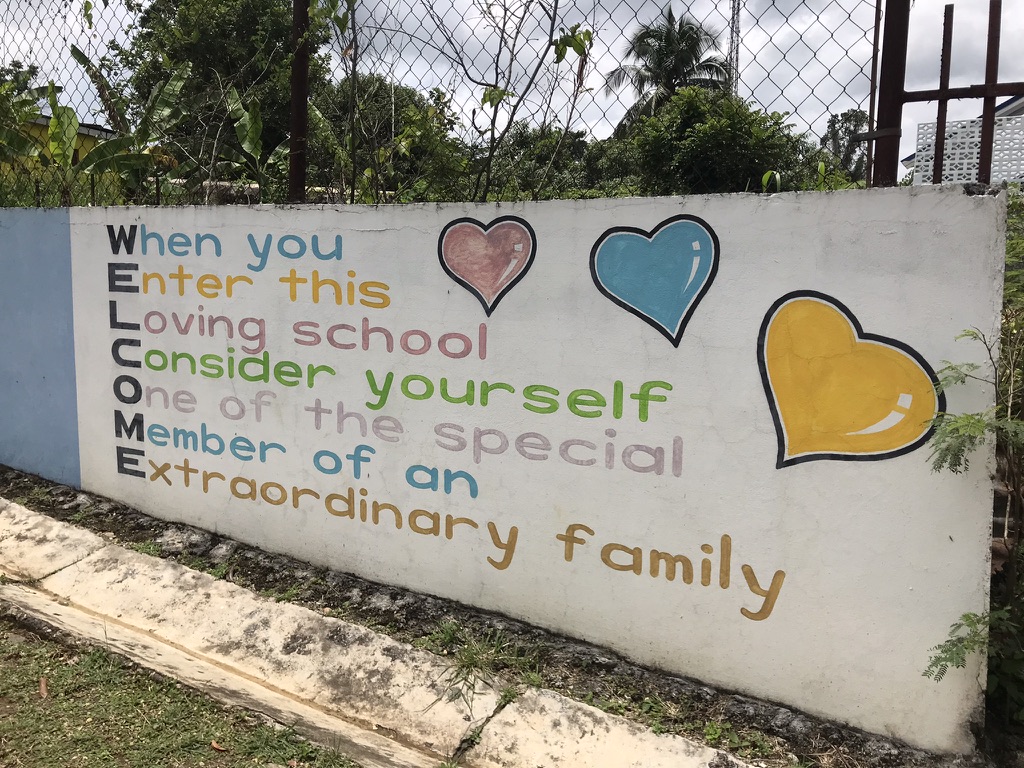
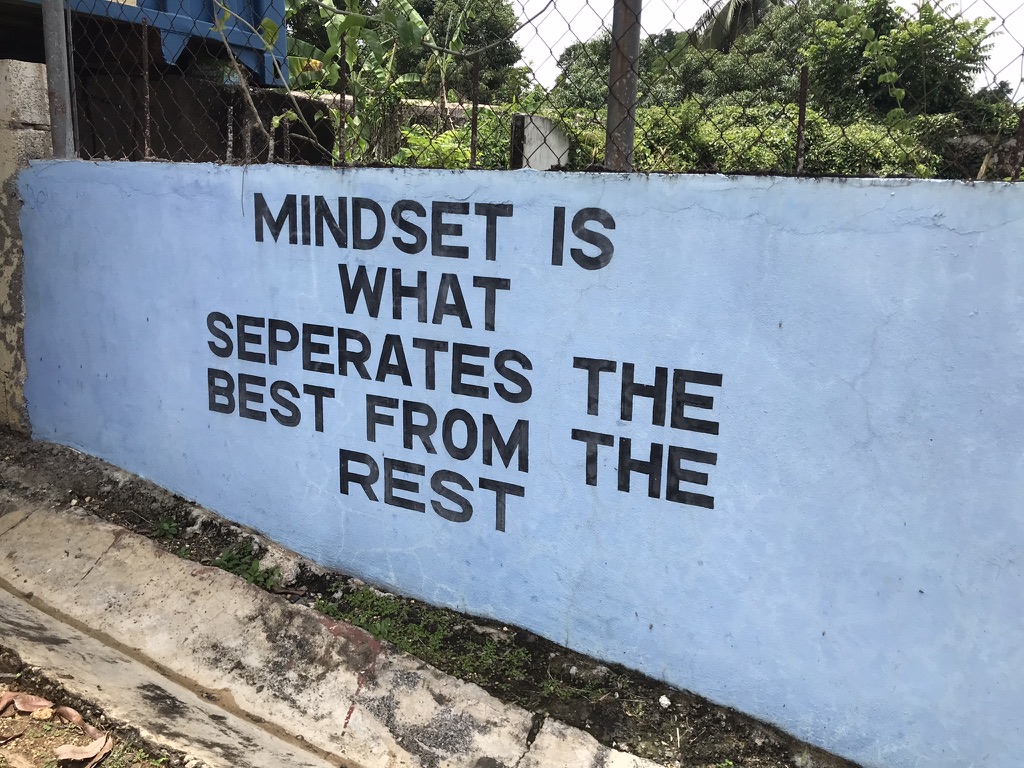
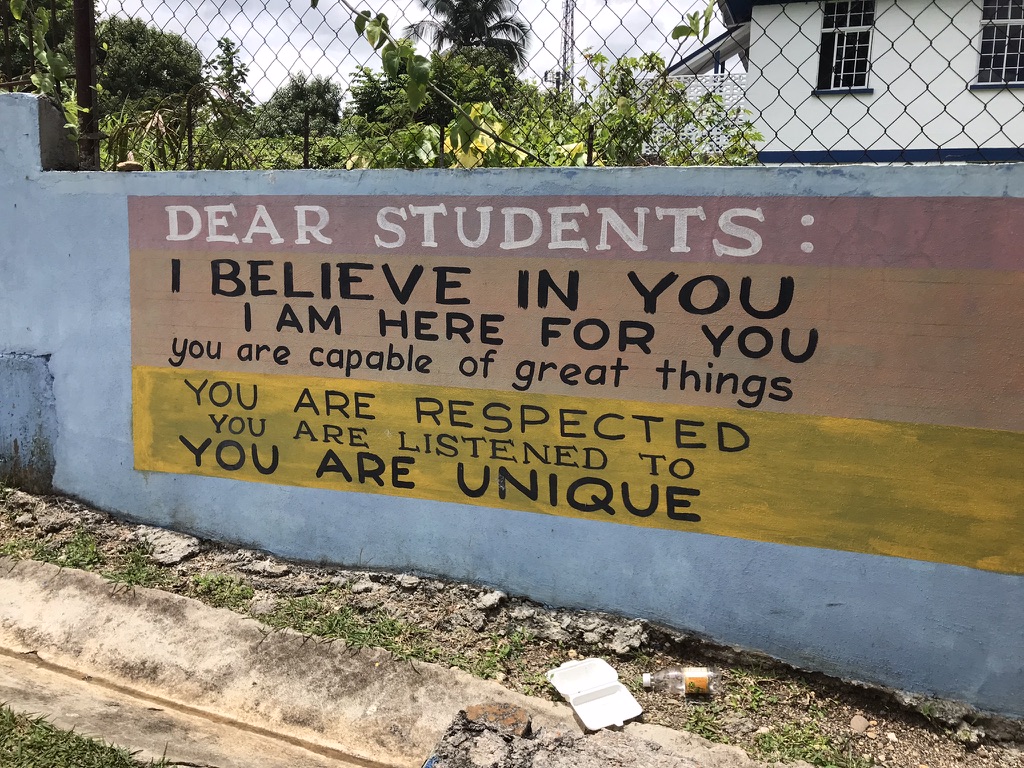
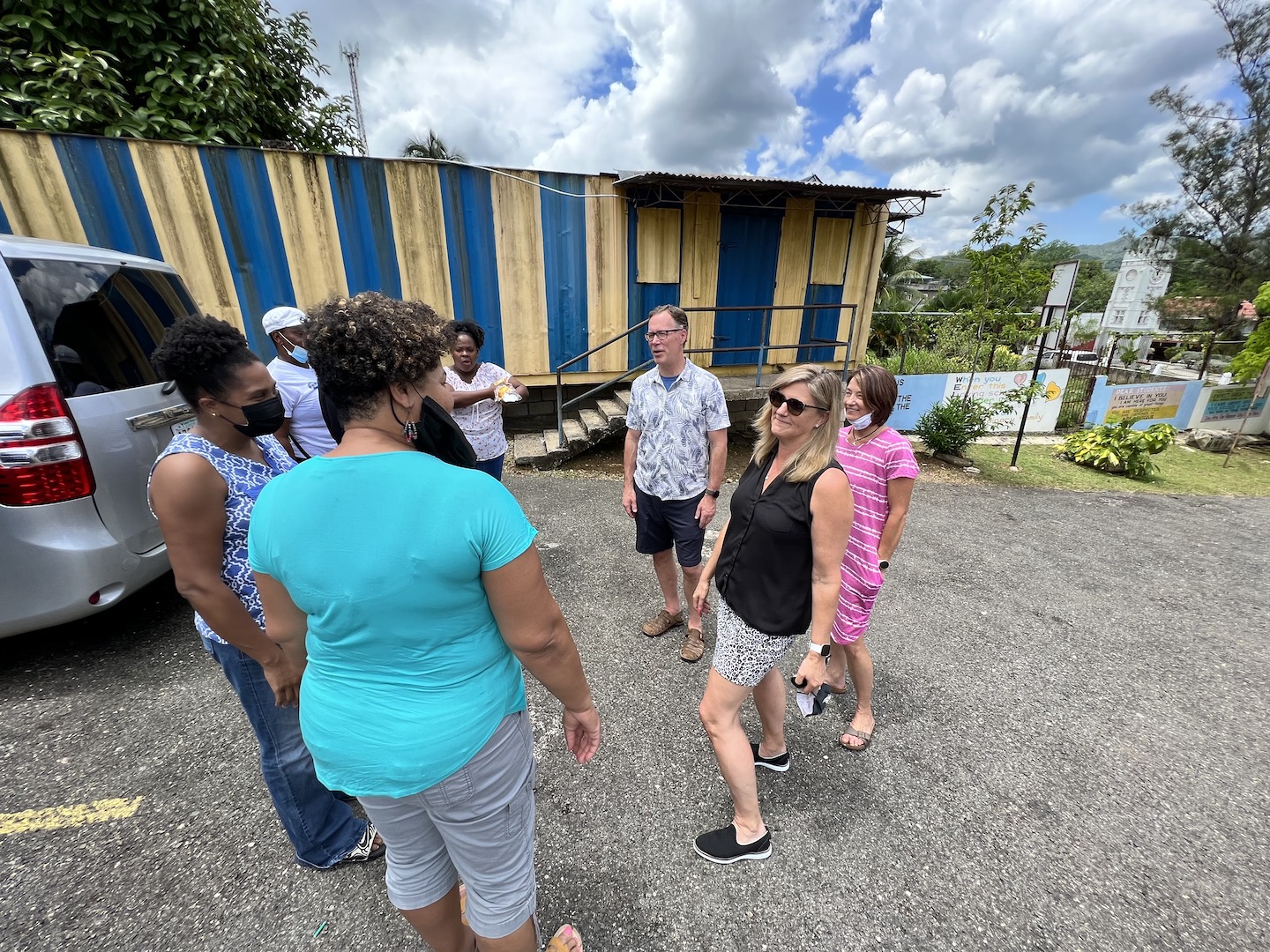
American Eyes
While it was easy to get caught up in the excitement of meeting the JEDIs and the sweet nature of the elementary kids with their adorable faces and antics, the disheveled nature of the school buildings and grounds did not escape our observant eyes. We saw many structures that were cobbled together and patched with plywood and other materials that had seen much better days. We saw ceilings and roofs that may not last another heavy rain. There is no money for landscaping services, but the natural beauty of the Jamaican vegetation serves as a guise for the unkempt school grounds. The school library shelves are pitiful, compared to American standards. Even the main parish library has a very scarce assortment of books, representing one of their major donation requests. Bare lightbulbs in simple keyhole sockets instead of light fixtures were common, and we noticed what appeared to be exposed electrical wires in several places.
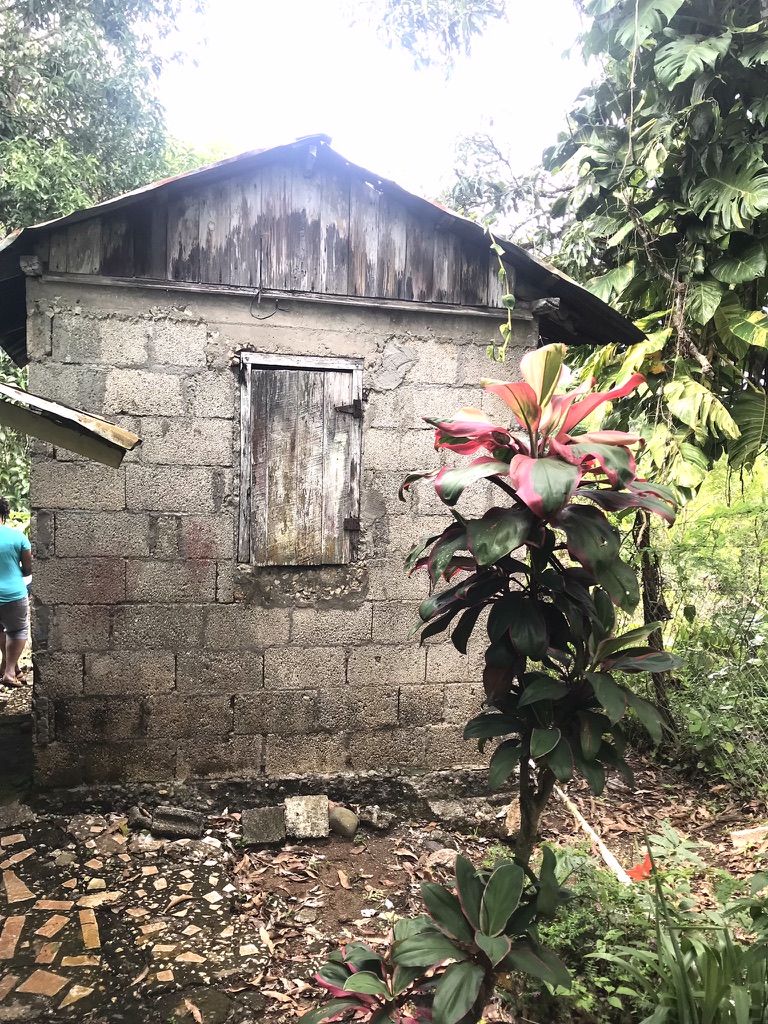
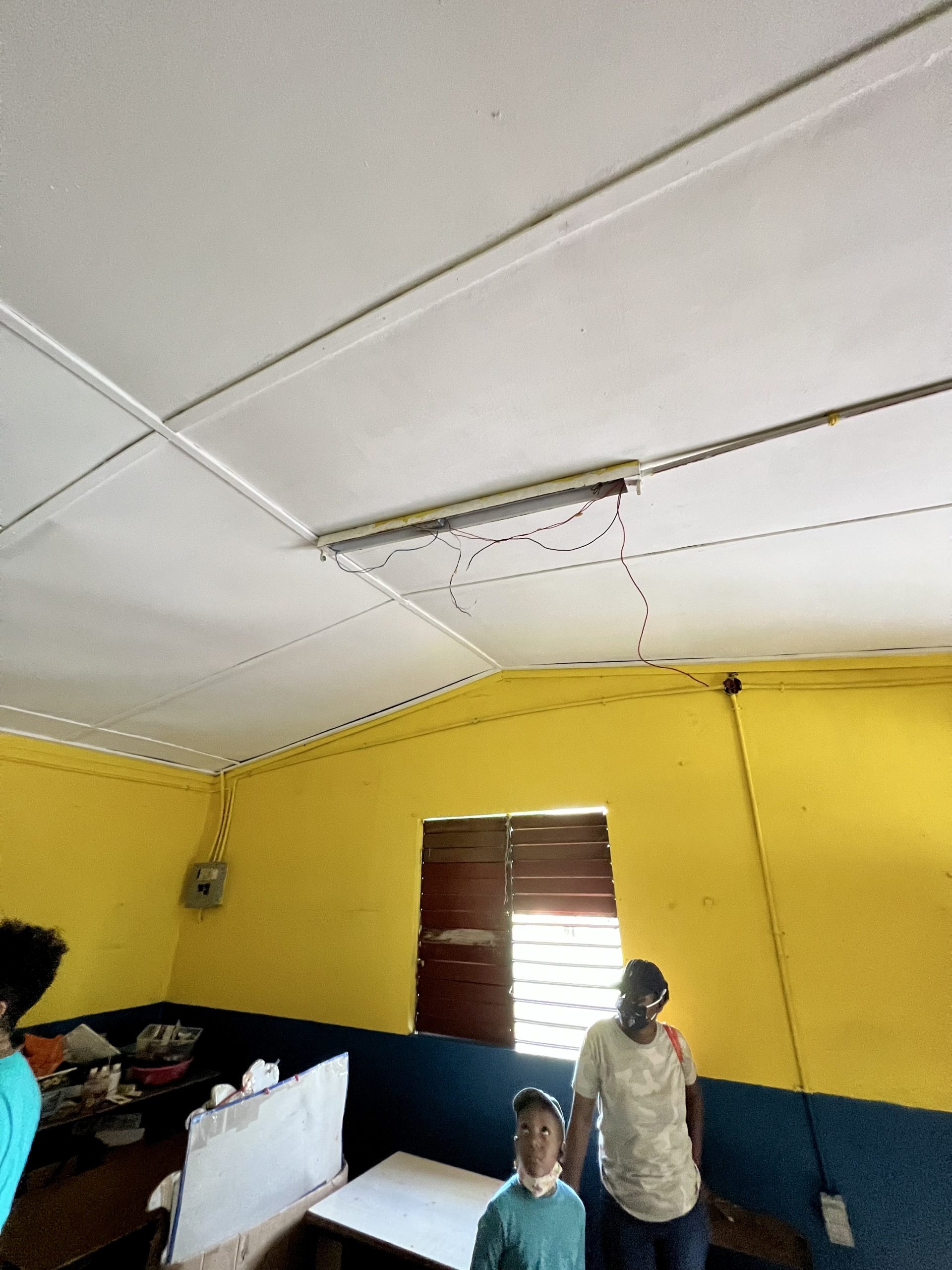
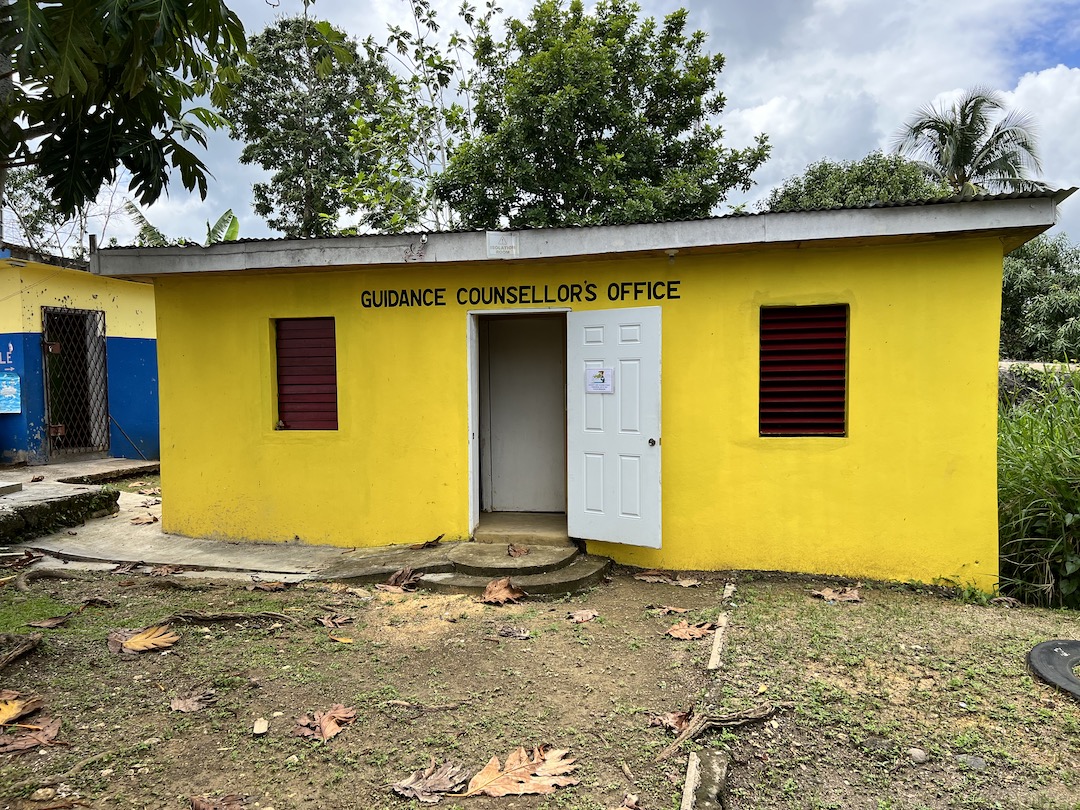
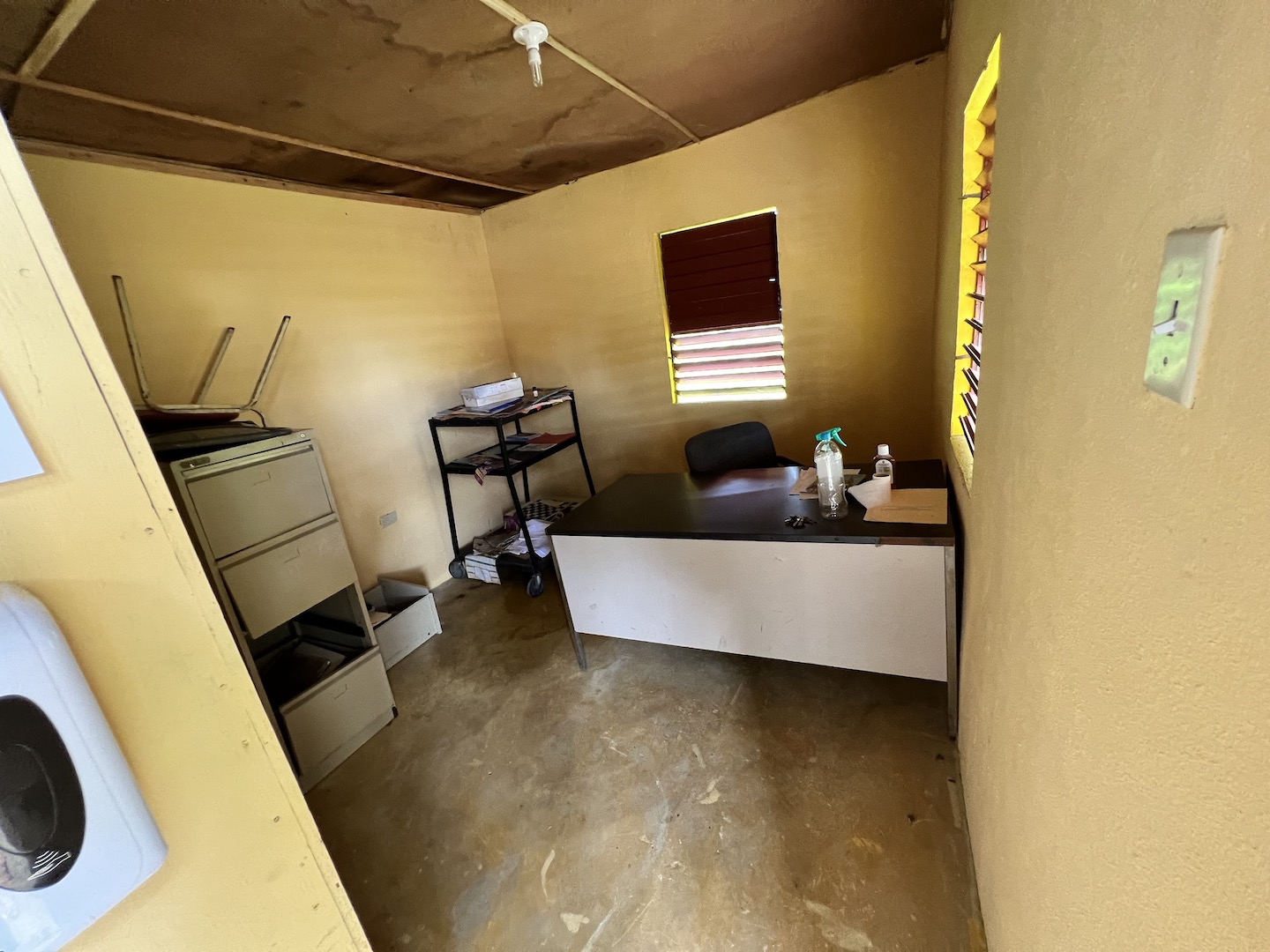
Of course, the kids—especially the younger ones—don’t seem to notice or care. It’s only with our adult American eyes that these things which we take for granted represent possible issues. While some of these observations were mere aesthetic discomforts, others represented safety hazards and potential obstacles to the children’s overall learning environment.
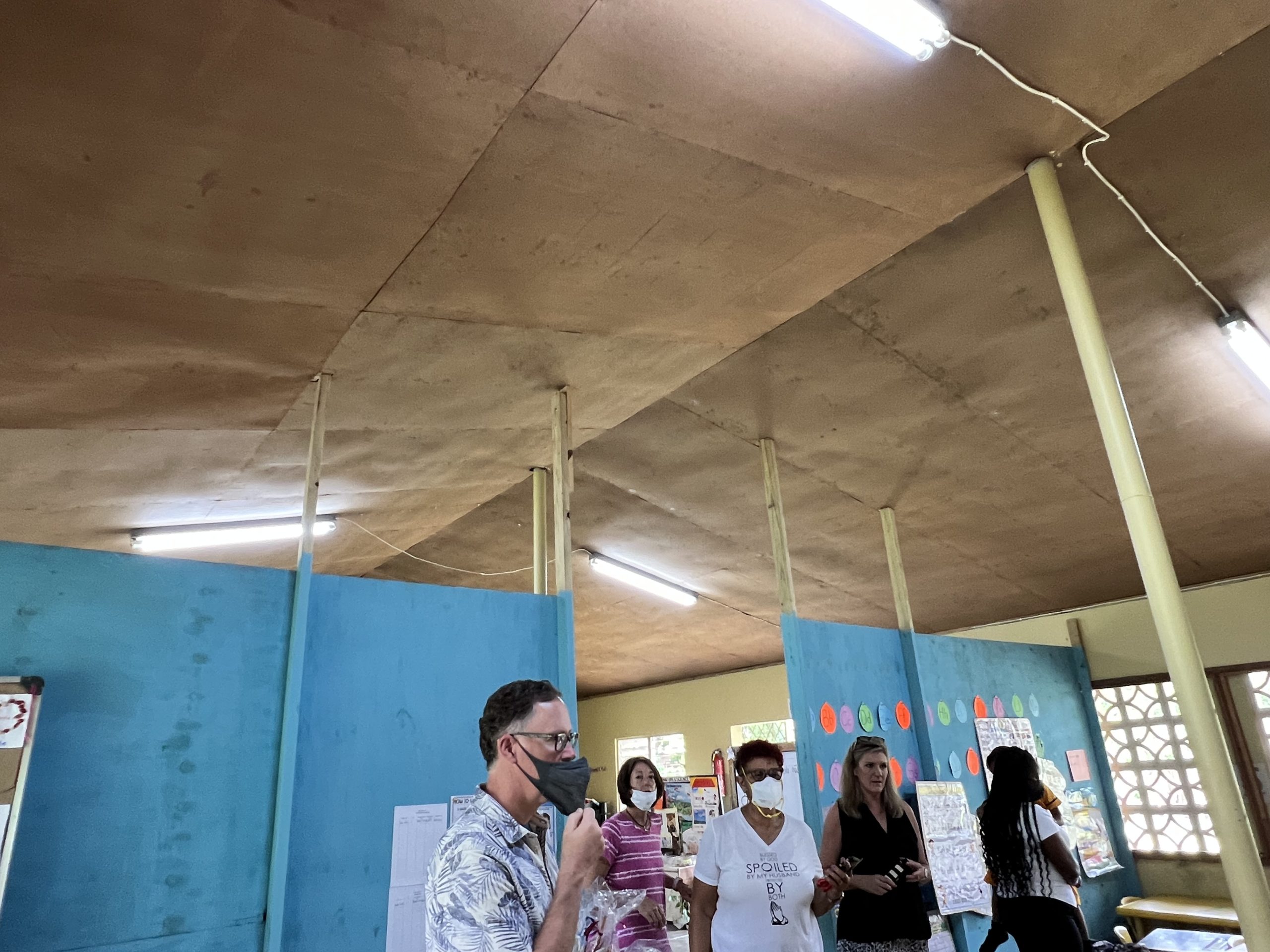
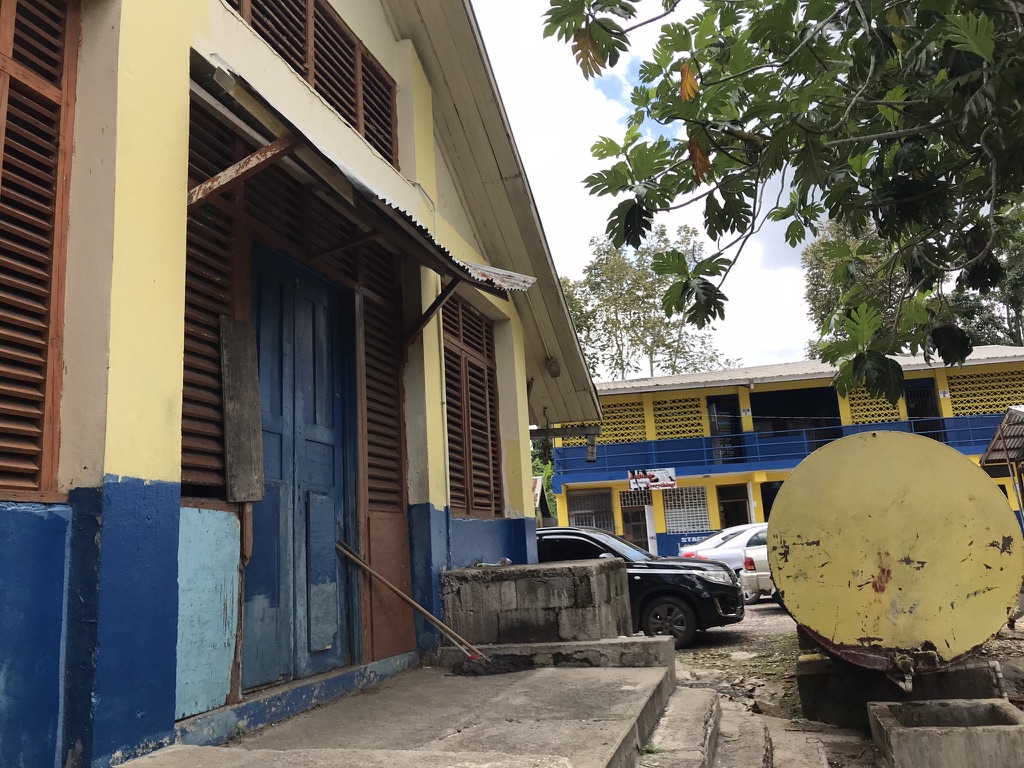
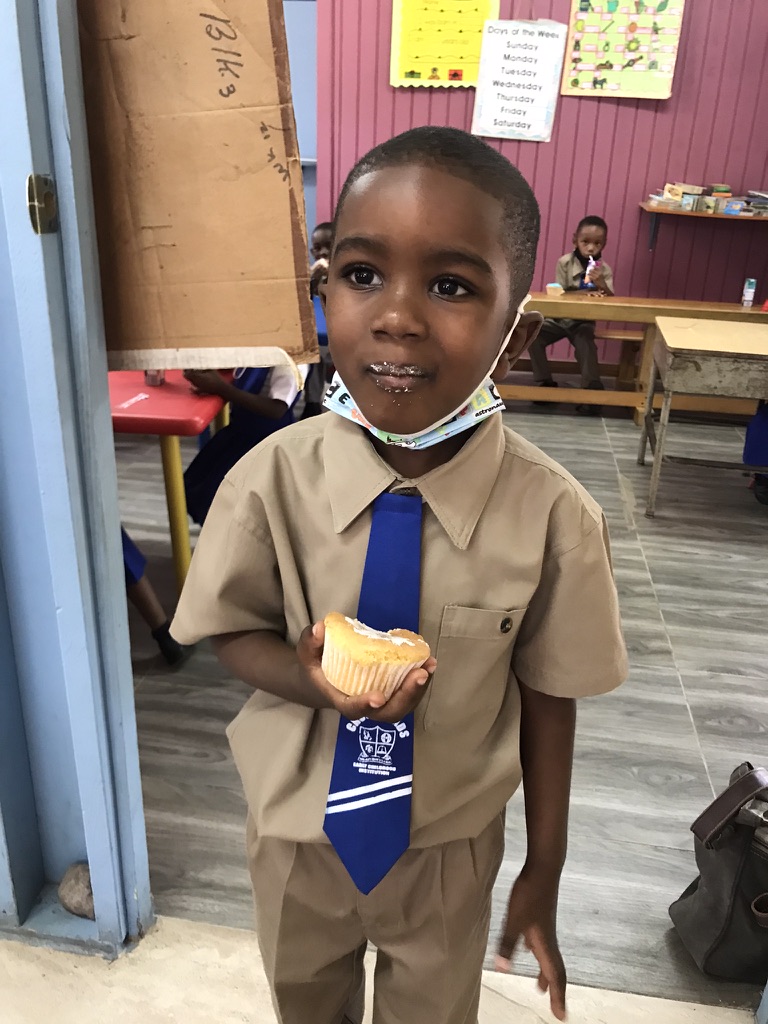
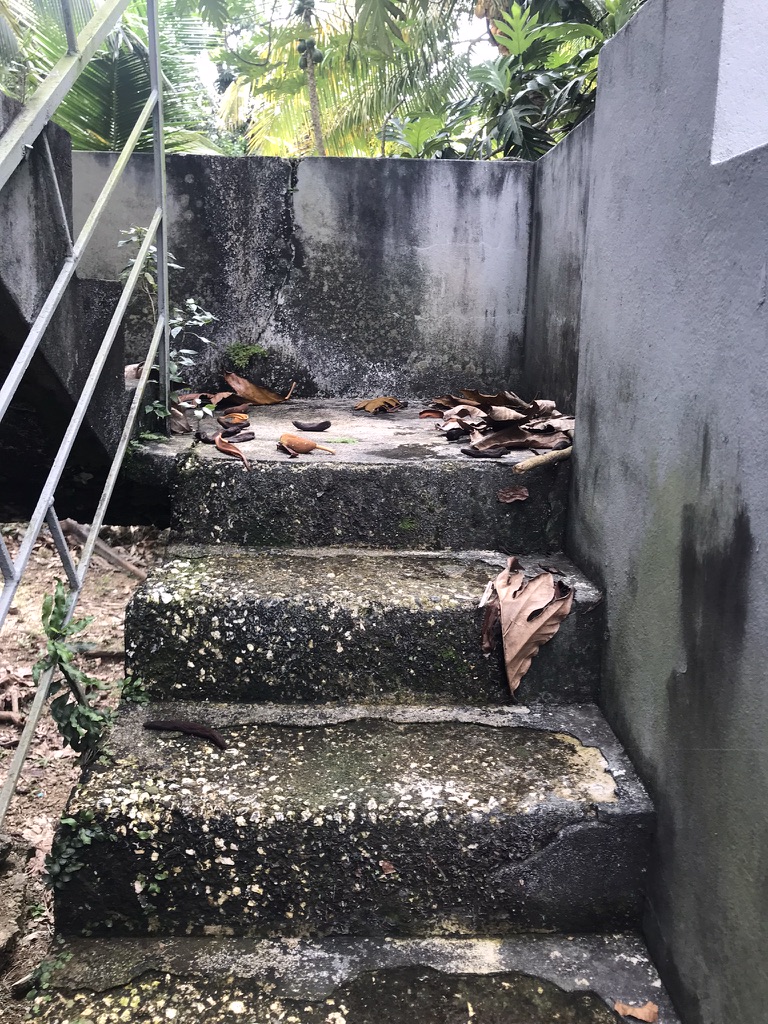
We are all now back in the states and have started mentally unraveling the trip, planning for the next JEDI Challenge, and beginning to compile and prioritize projects for these schools. As we settle back into our normal American lives, it’s easy for the memories of these Jamaican realities to fade. I’m glad I captured my 11 pages of personal notes, and I’m thrilled we collectively took over 500 photos and videos during those three days. I do not want to forget the harsh conditions we saw at Nichordo’s farm and across the schools and other sites we visited.
I also want to keep close my memory of the optimistic determination and bright spirits we witnessed across the JEDIs and the 200 school children we met during the trip. It is this determination and spirit that will motivate us to partner with other companies and organizations as we strengthen and expand the JEDI Challenge throughout the beautiful country of Jamaica that now has a piece of my heart.
You may also like


